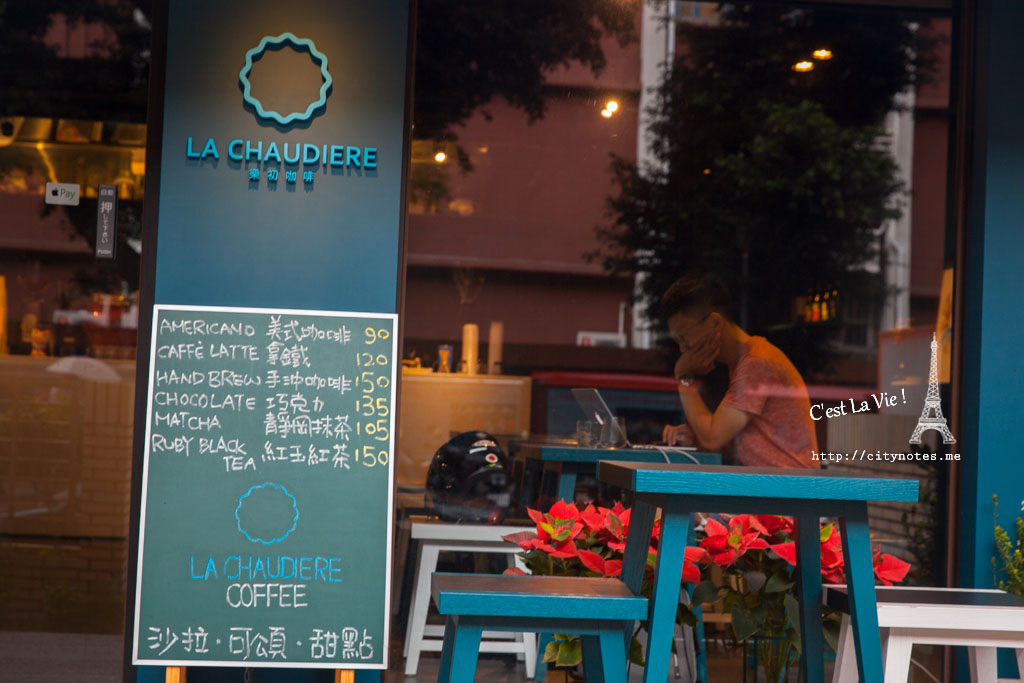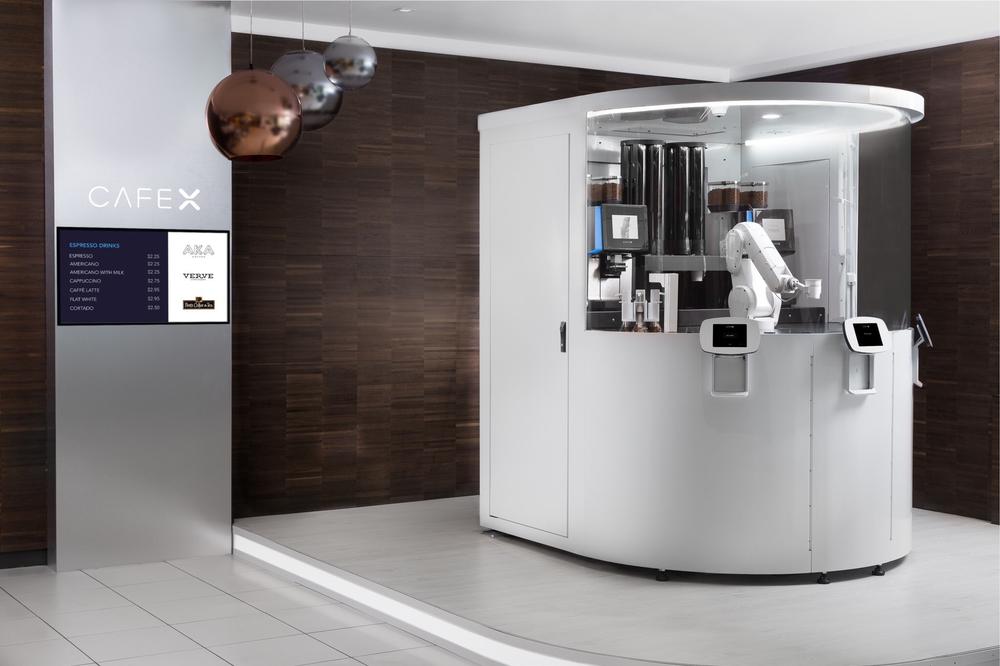Vietnamese coffee, which is flocked to by many people, is a classic that you love as soon as you drink it.
Follow the caf é (Wechat official account vdailycom) and found that Beautiful Cafe opened a small shop of its own.
-Segmentation line-
The traces of French colonization of Vietnam are not limited to the French buns and p â t é used in Vietnamese sandwiches. Vietnamese coffee, which many people are flocking to, is another classic.
Serious Eats reports that the French planted a large number of coffee trees in Vietnam in the 19th century. Although it is planted at a low altitude and most of the varieties are robastian coffee beans (Robusta), which are not sour and bitter, it is undeniable that Vietnam is now one of the largest producers of coffee beans in the world.
Under the influence of France, locals will use a perforated metal drip (phin) to make coffee, which is bittersweet, accompanied by charcoal burning and deep chocolate aromas. Precisely because of the use of this drip, there is no filter paper in the coffee making process, so the water used for brewing can absorb more tar and aroma and has a rich taste.
In addition, because there were not enough sources of fresh milk at that time, the French who liked lattes replaced condensed milk and became known as Vietnamese coffee (c à ph ê phin).
Although the French colonization gave birth to Vietnamese coffee, with the passage of time, the Vietnamese also developed a variety of unique coffee drinks.

Yogurt a chua c à ph ê
Yogurt was first introduced to Vietnam by the French and has since been used by locals in cuisine, whether it's fresh mango or wine, with yogurt, and coffee is no exception. It looks a little strange, but the rich yogurt and black coffee actually go well, as long as you mix it and you can drink it directly.
Egg coffee (c à ph ê tr coffee ng)
Egg coffee dates back to the 1940s, when there was a shortage of milk and eggs became a convenient substitute. Beat the egg yolk and condensed milk until it is light and fluffy, and then drink it with black coffee, you can also think of it as the Vietnamese version of Tira Misu.
Sinh t coffee c à ph ê
In recent years, Vietnamese coffee has gradually appeared in the ranks of smoothies, with popular local fruit juice shops offering drinks of fresh fruit with Vietnamese coffee, some with yogurt and cashews. In Hanoi, you can try banana avocado coffee smoothie (c à ph ê chu coffee I b shake). In Ho Chi Minh City, Sinh t coffee c à ph ê sapoche with tropical fruit pistachio is also a good choice with a touch of casserole.
Back to the topic of Vietnamese coffee, how do the local people drink it?
If you want the taste to be softer
Instead of asking for decaffeinated coffee, simply order c à ph ê b coffee x coffee u and add more condensed milk to the coffee bar.
About sweetness.
If condensed milk is added, the coffee will basically have sweet milk flavor. If you want to simply feel the flavor of coffee, you can order black coffee without condensed milk (c à ph ê coffee en). If you think it's still too sweet, remember to tell the clerk about sugar ng.
Have something to eat first.
Except for the new coffee shops, Vietnamese coffee shops usually don't serve meals, so you can eat and drink like the locals. If it's too late, you can grab a handful of local common sunflower seeds (h / t / h / h
Of course, you don't have to go out or even fly to Vietnam to drink Vietnamese coffee. You can do it at home.
Materials (per person):
2 tablespoons of deep-roasted coffee powder
2 tablespoons condensed milk
Appropriate amount of water
Steps:
If there is no special drip, pour the coffee powder into an insulated container, soak in boiling hot water in the ⅔ cup for four minutes, and then filter with filter paper.
It is best if there is a special leak drip. Boil a cup of water. Open the top of the drip, pour in the coffee powder and cover it. Put the drip on the cup and pour it into the hot water. When the coffee starts to leak, fill it up, then put the lid on and let the coffee drip for four minutes.
Mix in condensed milk. If you want something cold, serve it with ice cubes.
Important Notice :
前街咖啡 FrontStreet Coffee has moved to new addredd:
FrontStreet Coffee Address: 315,Donghua East Road,GuangZhou
Tel:020 38364473
- Prev

Taipei La Chaudière Coffee--sip indigo coffee
Professional barista communication please pay attention to coffee workshop (Weixin Official Accounts cafe_style ) afternoon shower comes, I am trapped sitting in an indigo-coated cafe, the sky gradually darkens, the humidity of asphalt road approaches step by step, coffee on the table, first hit a shiver, thought: here. Rain is like an old friend, a few days ago the low pressure on the show, along with
- Next

A new coffee revolution is taking place in Cafe X in San Francisco, USA.
A new coffee revolution is taking place in Cafe X in San Francisco, USA. It only takes a few seconds for the robot barista to bring you a hot latte. Cafe X, though called a cafe, is actually a small kiosk that opens in San Francisco at the end of January and will have a sister shop in Hong Kong. The robot barista is called Gordon, which is an improved version of Mitsubishi robotic arm.
Related
- What documents do you need to go through to open a coffee shop? coffee shop coffee shop certificate processing process
- How to purchase Coffee beans in small Cafe how to choose a suitable supplier for domestic Coffee supply Company
- How to drink Starbucks Fragrance White Coffee? how to make Australian White Coffee? what Italian coffee beans are recommended?
- The Story of Flora Coffee: the name of Flora Coffee Bean and the implication of the Flowers on Florna Coffee
- How much does a cup of coffee cost? How much is the profit of a cup of coffee? What is the profit of the coffee shop in a year?
- Yunnan small Coffee, known as "fragrant Coffee", introduces the characteristics of Alpine Arabica Coffee producing areas in Yunnan, China
- 2023 latest Starbucks full menu price list how much is a cup of Starbucks coffee what is better to drink the most popular hot and cold drinks recommended
- Starbucks different kinds of Coffee Price list Starbucks menu 2023 Top Ten Best drinks in Starbucks
- Starbucks Spring praise Comprehensive matching Coffee Bean theme Story Packaging implication and taste description
- The cost of a cup of coffee latte American coffee cost price and selling price

